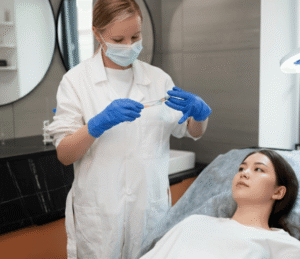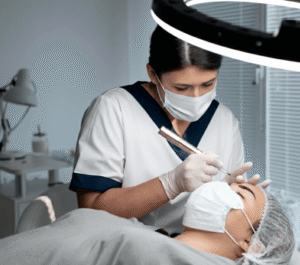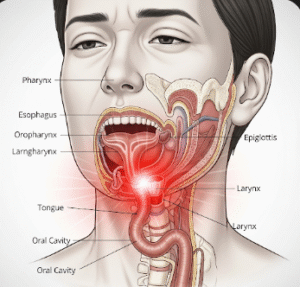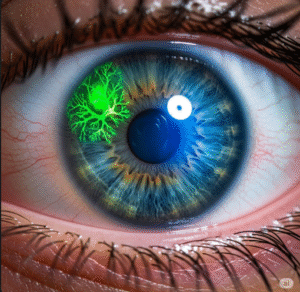Overview
Wolf-Hirschhorn Syndrome (WHS) is a rare genetic disorder caused by a deletion on the short arm of chromosome 4. It is characterized by distinctive facial features, growth delays, intellectual disabilities, seizures, and congenital abnormalities. The severity and specific symptoms can vary significantly from person to person. There is no cure, but early intervention can improve quality of life and developmental outcomes.
What is Wolf-Hirschhorn Syndrome?
Wolf-Hirschhorn Syndrome results from a partial deletion of genetic material on chromosome 4p, typically described as 4p- syndrome. This deletion disrupts multiple genes critical for normal development. The syndrome was named after the German geneticist Kurt Hirschhorn and his colleague Ulrike Wolf, who first described it in the 1960s. WHS affects approximately 1 in 50,000 births, with females more frequently diagnosed than males.
Symptoms
Individuals with WHS often present with a recognizable set of clinical features, including:
Facial Features:
- Broad, flat nasal bridge (“Greek warrior helmet” appearance)
- Wide-set eyes (hypertelorism)
- High forehead
- Downturned mouth
- Short philtrum
- Micrognathia (small jaw)
Other Common Symptoms:
- Low birth weight and slow growth
- Developmental delays and intellectual disability
- Seizures, often starting in infancy
- Hypotonia (low muscle tone)
- Feeding difficulties
- Heart, kidney, and skeletal abnormalities
- Cleft lip and/or palate in some cases
- Hearing loss and vision problems
- Short stature
Causes
Wolf-Hirschhorn Syndrome is caused by a partial deletion on the short arm (p arm) of chromosome 4, specifically in the region 4p16.3. This chromosomal deletion occurs spontaneously during egg or sperm formation and is not usually inherited.
However, in some cases, it may result from a balanced translocation in one of the parents, which can increase the risk in future pregnancies. The size and location of the deletion influence the severity of symptoms.
Risk Factors
Most cases of WHS are not inherited, so known risk factors are limited. However:
- Parental chromosomal rearrangements (e.g., balanced translocations) may increase risk
- Advanced parental age may slightly increase the chance of chromosomal anomalies
- Family history of WHS or other chromosomal disorders may indicate a higher recurrence risk
- Prenatal abnormalities detected on ultrasound (e.g., growth restriction) may suggest WHS
Complications
Wolf-Hirschhorn Syndrome can lead to multiple long-term complications depending on severity:
- Seizure disorders, which may be difficult to control
- Delayed motor and speech development
- Intellectual disability ranging from mild to severe
- Feeding problems and failure to thrive
- Congenital heart or kidney defects
- Frequent infections, especially respiratory
- Mobility issues due to hypotonia or skeletal anomalies
- Shortened lifespan, especially in severe cases, though many can live into adulthood with proper care
Prevention
Since WHS is typically caused by spontaneous genetic mutations, it is not preventable in most cases. However:
- Prenatal genetic testing (chorionic villus sampling or amniocentesis) can detect the deletion
- Genetic counseling is advised for couples with a family history of chromosomal disorders
- Carrier testing for parents with a child diagnosed with WHS may help assess recurrence risk
- Preimplantation genetic diagnosis (PGD) may be considered in future pregnancies for at-risk families
Treatment Options in Korea
South Korea provides comprehensive, multidisciplinary care for children with rare genetic disorders like Wolf-Hirschhorn Syndrome. While there is no cure, treatment focuses on managing symptoms and maximizing developmental outcomes:
- Pediatric neurology for seizure management with antiepileptic drugs
- Early intervention programs – including physical, speech, and occupational therapy
- Nutritional support for feeding issues (e.g., feeding therapy, gastrostomy if needed)
- Cardiology, nephrology, and orthopedic care for associated congenital anomalies
- Hearing and vision support – hearing aids, glasses, or corrective procedures
- Special education services tailored to individual developmental needs
- Genetic counseling and ongoing monitoring of developmental milestones
- Services available at premier hospitals like Seoul National University Children’s Hospital, Samsung Medical Center, and Asan Medical Center, offering genetics, pediatrics, rehabilitation, and rare disease specialists













